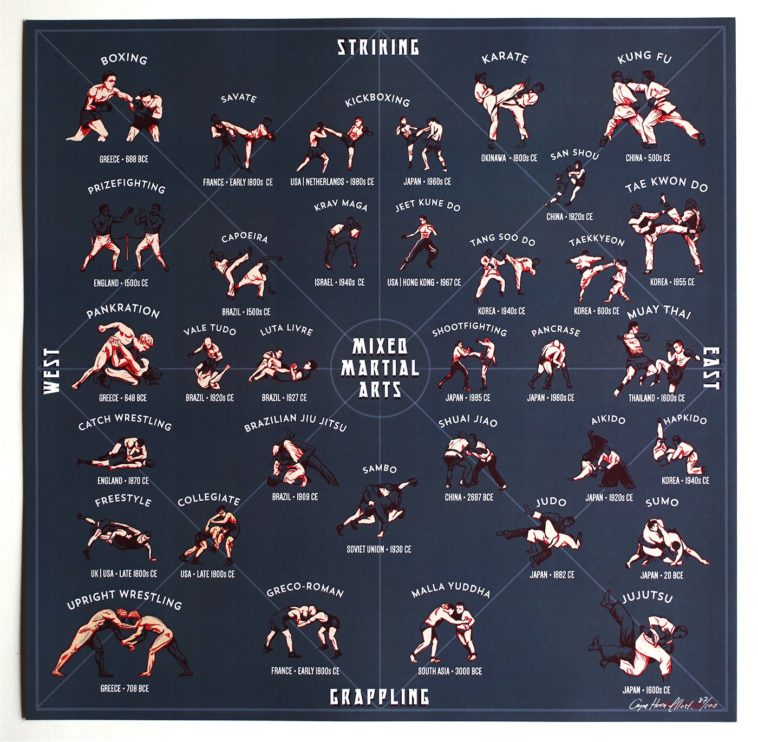Recognizing The Different Belt Levels In Taekwondo: Essential Details To Familiarize Yourself With
Recognizing The Different Belt Levels In Taekwondo: Essential Details To Familiarize Yourself With
Blog Article
Personnel Author-Benson Kamper
Did you understand that there are a total amount of 10 belt levels in Taekwondo? From the beginner's white belt to the distinguished black belt, each level stands for a landmark in your trip to mastery.
However what do these belt levels actually suggest? Just how do you progress via them?
In this conversation, we will break down the belt levels in Taekwondo, discover their significance, and discover what it requires to climb through the rankings.
So, if you wonder to recognize the intricacies of Taekwondo's belt system and what it indicates for your training, remain tuned.
The Objective of Belt Degrees
The objective of belt levels in Taekwondo is to give a clear and structured development system for you to track your growth and ability degree. As you start your Taekwondo trip, you start with a white belt, symbolizing your beginner condition. With each belt promotion, you gain new understanding, strategies, and responsibilities.
The belt degrees function as landmarks, mirroring your commitment, commitment, and development in the martial art. They give a feeling of accomplishment and motivation to maintain pushing yourself to boost. Furthermore, belt levels aid trainers and peers examine your capacities and offer appropriate advice and training.
Belt Colors and Their Meanings
As you progress with the belt degrees in Taekwondo, each shade stands for a certain significance and signifies your development in the fighting style.
The white belt, which is the beginning point for all newbies, symbolizes purity and virtue.
As you carry on to the yellow belt, it symbolizes the planet from which a plant sprouts and settles.
The green belt represents development and the development of your abilities.
Heaven belt symbolizes the skies, where your potential as a Taekwondo professional is infinite.
The red belt represents threat and caution, advising you to utilize your abilities responsibly.
Ultimately, the black belt represents mastery and knowledge, symbolizing your trip towards ending up being a real Taekwondo master.
Each belt color holds its very own distinct meaning, mirroring your development and dedication in this ancient martial art.
Progressing Through the Belt Levels
To progress through the belt degrees in Taekwondo, you must constantly show your skills and dedication. Here's what https://www.norwichbulletin.com/story/news/2022/04/01/brooklyn-ct-12-year-old-won-martial-arts-competition-against-adults/7231463001/ require to understand about advancing in this fighting style:
1. ** Method Makes Perfect **: Normal training sessions are essential to boost your technique and master the needed forms. Repetition develops your skills, enabling you to perform with accuracy and rate.
2. ** Pressing Your Limitations **: Progressing with the belt degrees calls for pushing on your own past your convenience zone. You'll be challenged physically and mentally, yet it's via these challenges that you expand and improve.
3. ** Checking Your Knowledge **: Belt checks examine your understanding of Taekwondo concepts, consisting of sparring, self-defense, and damaging techniques. martial arts without sparring ensure you have an extensive grasp of the art and prepare to progress to the next level.
Verdict
As you start your journey via the belt degrees in Taekwondo, remember that each shade holds a deeper definition beyond its surface area look.
Similar to the lively tones of the belts, your development represents growth, discipline, and willpower.
As you progress, each belt becomes a sign of your dedication and proficiency of the art.
Embrace the challenge, push your limits, and let the significance of your belt levels inspire you to end up being the most effective version of on your own both on and off the floor covering.
